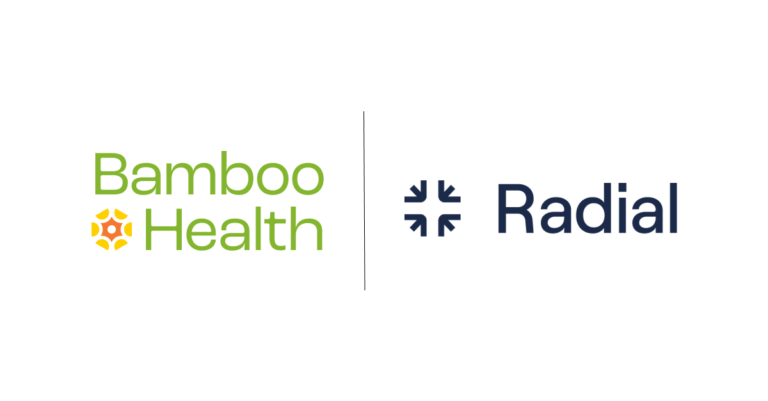How does Pings help you achieve your goals?
The triple aim of an Accountable Care Organization is to improve patient care, patient quality and reduce costs. Reliance ACO is unique in that we follow every single patient who enters or leaves an emergency room or hospital setting. We have a full time medical director who contacts the ER to ensure that patients are not improperly admitted. By providing real-time information, PatientPing (Pings) allows us to know when and where our patients are receiving care.
In addition, we have developed a program to follow our patients who discharged to post acute settings. Our director of this program checks PatientPing (Pings) every single day to see which of our patients are admitted to our preferred SNFs so that our nurse coordinator can immediately follow up on them. If our nurse coordinator is not advised of a discharge, PatientPing (Pings) lets us know and the information is forwarded to our care coordinator to make sure that the patient is seen by the PCP within 7 days. PatientPing (Pings) is so useful to us in a post acute setting that we won’t certify a post acute facility as a preferred provider, regardless of quality, unless they have PatientPing (Pings). PatientPing (Pings) is a necessary tool to ensure a smooth transition of care and without it, patients fall through the cracks and are not followed up with in a timely manner.
What do you like most about Pings?
I like the fact that the program is constantly being improved and upgraded. We have been in the ACO program for 2 ½ years. During this period, we have constantly tried to improve our coordination of care. This means constantly improving the tools that we use. PatientPing (Pings) has helped us achieve this.
I am impressed with the fact that the information is in a very readable form. We can tell at a glance which patients are in which facilities. Also, the patient history is extremely useful for tracking patients. Reliance ACO is made up of independent physicians. We have to watch our costs carefully. PatientPing (Pings) is cost effective for a group like ours.
Can you give us a specific example of a time that Pings helped you help a patient?
Since we use PatientPing (Pings) every single day and manage to avoid several hospitalizations per day because of timely information, there is not one example, but literally hundreds of examples over the course of six months where it has been invaluable in preventing unnecessary admissions. And, more recently, as we have expanded the program to SNFs, it has been invaluable in ensuring improved coordination of care.
What other technologies do you use (in addition to Pings) to help you accomplish your goals?
Our care coordination program is called Synapse. We use it to help manage our complex patients. The system automatically upgrades a patient to a more complex tier when they receive their second hospitalization. The ADT feeds that we receive from SEMHIE are fully integrated into our system so it is part of the patient file. We also have a phone application that notifies the PCP of all ADTs on a real time basis. The phone app contains a list of all complex (we call them Tier 3) patients for the doctor. If the doctor fails to open the information, our program administrator is aware of it and we can follow up to make sure the patient is seen after discharge. The phone app is automatically updated each month when we receive new claims information and new patients.
Thanks so much, Gene! For more information about how Bamboo Health can help improve your care coordination efforts, contact us.



